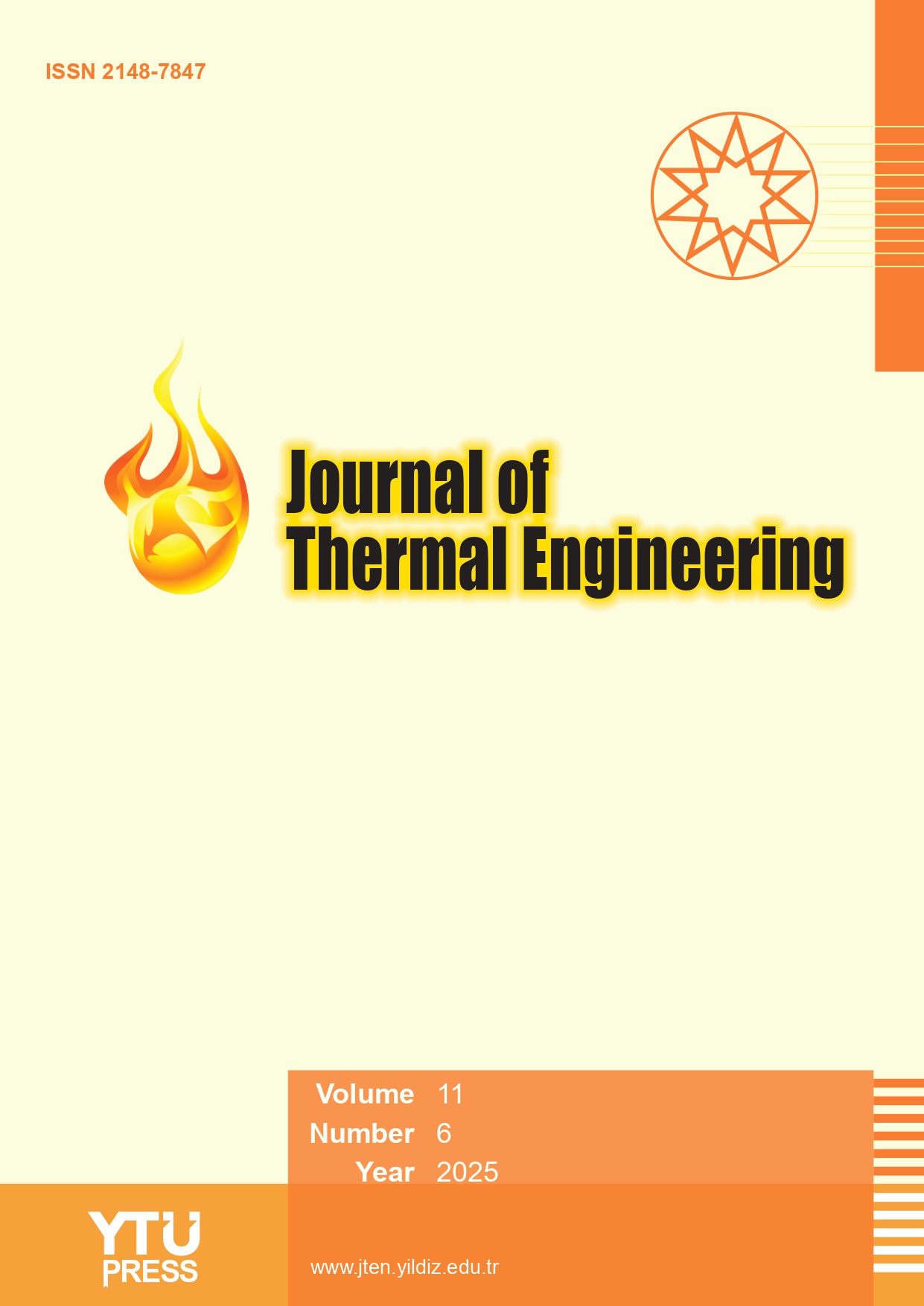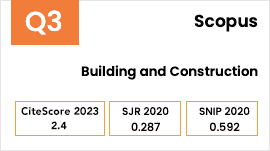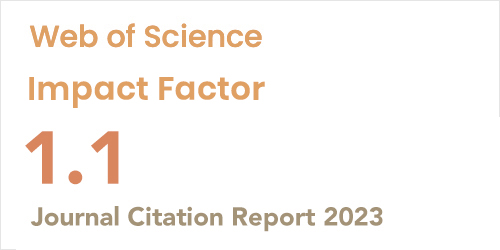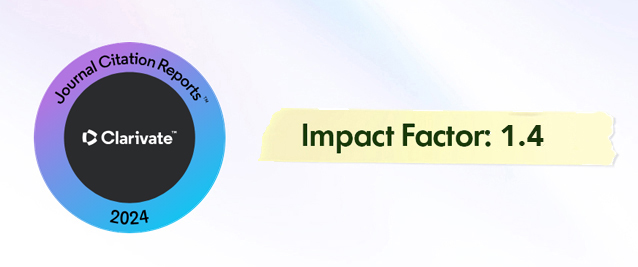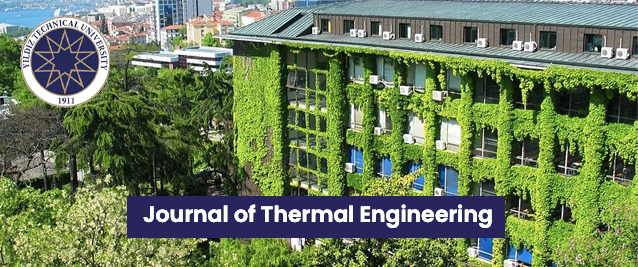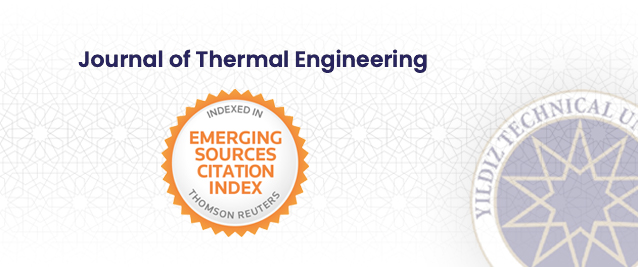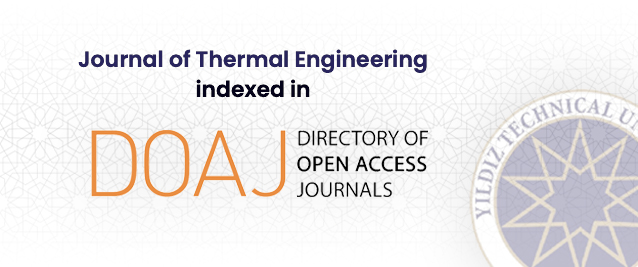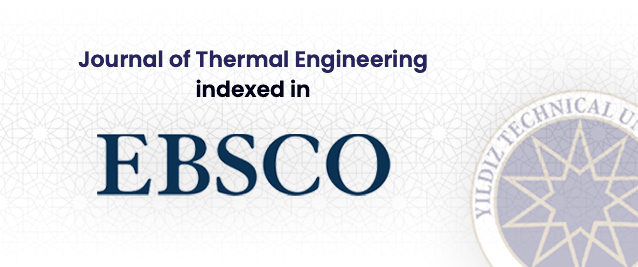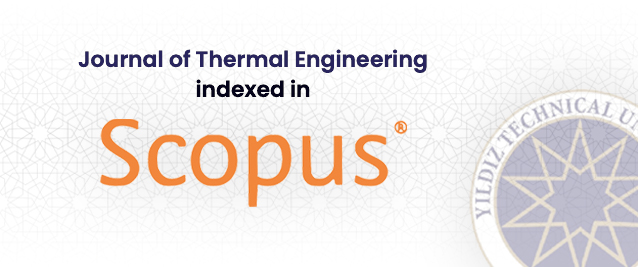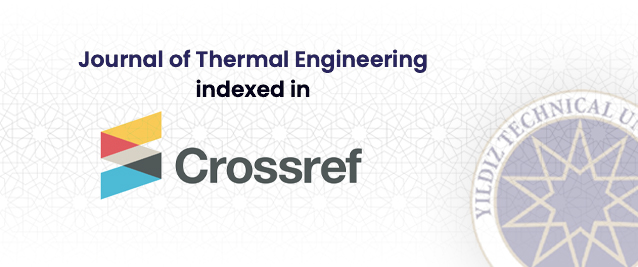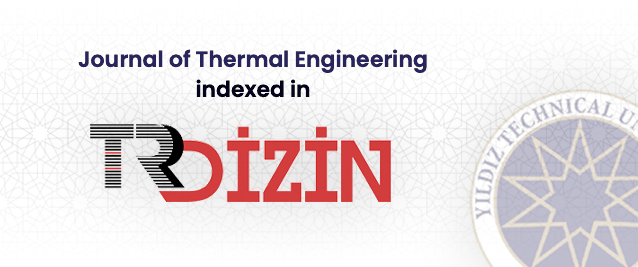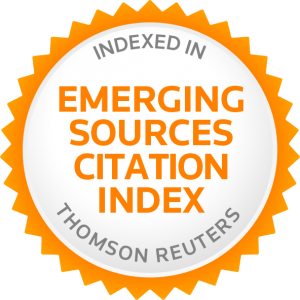Abstract
This study illustrates an ingenious approach to thermal energy storage using multi-layer twin-phase change materials (PCMs) alternately arranged inside a vertical shell and tube energy storage system. A complex conjugate heat transfer and fluid flow problem is numerically solved, and the effects of different parameters on energy storage performance are evaluated. This study highlights the impact of the number of layers, radius ratio, and flow Reynolds num-ber in the melting and solidification process of PCMs. It also includes the comparison between multi-layer twin PCMs over single-layer individual PCM. The melting and solidification rate improves approximately by 44.3% and 19%, respectively, as the number of layers (n) increases from 2 to 8. Additionally, an 8-layer twin PCM-based system accelerates energy storage and retrieval efficacy, attaining a 33.2% enhancement in stored energy and a 5.3% increase in re-trieved energy at a fixed time compared to a 2-layer configuration. It is also observed that in the 8-layer-PCM-1&2 alternating arrangement, the melting rate improved by about 33.65% and 55.84% compared to the 1-layer-PCM-1 and 1-layer-PCM-2 respectively. Similarly, the solidification rate is also promoted in the multi-layer system as compared to the single-layer system. Moreover, it is evident that a lower R/r ratio (R/r = 2) significantly decreases both melting and solidification times by about 78.6% and 89%, respectively, compared to a high-er ratio (R/r = 4). Similarly, an increase in the HTF flow Reynolds number correlates with reductions in melting and solidification times by approximately 5.8% and 1%, respectively. This study also facilitates the expedited advancement of both the melting and solidification processes of PCMs with distinct physical justifications that can enable a clear understanding of the improvement of thermal energy storage systems.


